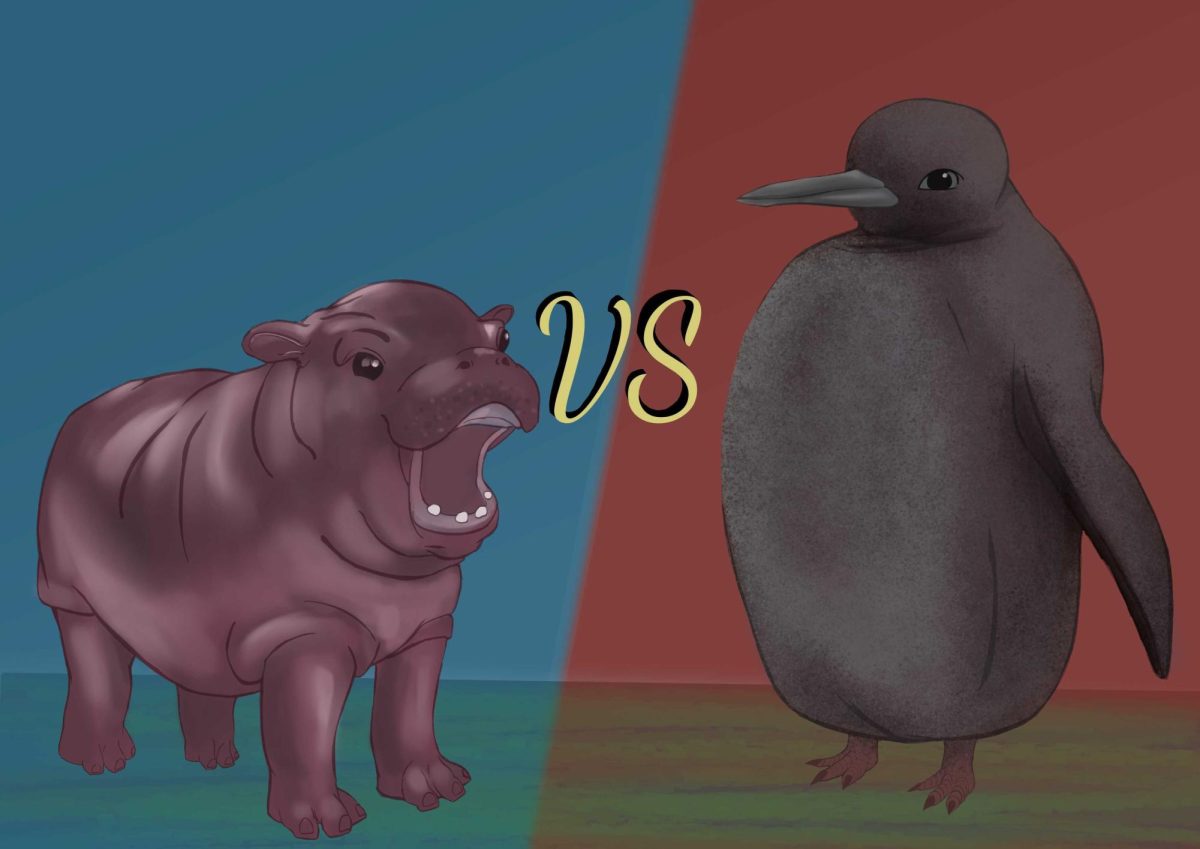American cuisine is nationally known and popular for one particular food dish. That dish is none other than the classic hamburger.
Hamburgers are an American staple that have been served and customized throughout history.
It shouldn’t be a shock that there’s a month dedicated to the burger.
That’s right. Hamburger month is here and there is little doubt that everyone is enjoying it without the slightest idea of its existence.
Now that you know, ask yourself how many hamburgers you’ve had this month?
We’re nearly two weeks into the month and it would be no surprise if you’ve had at least three.
Now ask yourself how many of those hamburgers were beef burgers? Hopefully, zero is the answer. As delicious and juicy those beef burgers may taste the health risks accompanied with them may steer you towards other meat substitutes.
Sure beef has a very distinct flavor that has survived time’s test, but it has been overloaded with too many chemical and bacteria outbreaks over the years to continue to take chances on. Beef seems to always find a way to be loaded with unhealthy ingredients that lead to diseases ranging from E. coli, salmonella, and, recently, “pink slime.”
According to ABCnews.com “Pink slime is beef trimmings. Once only used in dog food and cooking oil, the trimmings are now sprayed with ammonia so they are safe to eat and added to most ground beef as a cheaper filler.”
Although pink slime seems to have been tamed due to the media attention on it and issues associated with beef should lead one to consider other alternative meat to provide flavor for their burgers.
Turkey, chicken, salmon, and vegetable burgers are fine substitutes for the classic beef burgers. These burgers are not only much more healthier than beef burgers, but also deliver a wider variety of different taste to your burgers.
According to the USDA database, chicken patties contain 110 calories and 12 grams of protein, turkey patties contain 146 calories with 16.96 grams of protein and salmon patties contain 130 calories with 13 grams of protein.
Compare that to the average beef patty that contain 166 calories and 13.63 grams of fat and there does not seem to be too much of a disparity between the burgers until you take a look at the total fat that accompanies the patties.
Chicken has a total of 6 grams of fat, followed by salmon with 7 grams, turkey with 8 and lastly beef with 11 grams. Combine this with the rest of the toppings on your burgers and the gap between fat and calories only broadens.
Unfortunately, due to these alternatives being healthier choices, they will hurt your pockets with their prices.
However, chicken is sold at a reasonable price and can be substituted at fast food restaurants for beef, making it the most cost friendly option.
The price of purchase may be worth it when health risks are taking into consideration.
There are plenty of beef alternative hamburgers that can be made at home and can improve your cooking while assuring you of what is being cooked in your food.
Try spending this hamburger month by branching outside of your norm and seeing what healthier meat options have to offer. You may discover new burgers that appease your taste buds in a more fulfilling way.








